Indicators Imply Demand Continues to Slow, Supporting a Decline in Inflation - TCMB Blog Post
In a blog post published on the page of the Central Bank of the Republic of Turkey (CBRT), it was noted that when evaluating recent indicators as a whole, it implies that demand continues to slow down, supporting levels that contribute to the decrease in inflation. The blog post titled "Output Gap Indicators in the Disinflation Process," written by CBRT Economist Abdullah Kazdal, was published on the Central Bank's diary page.
The following information was provided in the article: "The fundamental way to understand the effects of demand on price behavior is to look at the position of the business cycle, and thus the level of the output gap. If the actual level of production achieved is above the potential production level, it means that the output gap is positive, indicating the presence of an output surplus. A higher output gap in the positive range signals that demand pressures are strengthening and the inflationary effect is increasing (Graph 1).
While the output gap is an important indicator in terms of inflationary pressures and the monetary policy shaping in response, it is not an observable variable. Although we can observe actual production and growth data within the Gross Domestic Product (GDP), we cannot directly measure what the potential production level and therefore potential growth is. Therefore, we need to forecast the output gap using various methods.
However, due to the fact that the output gap indicators obtained through different approaches are based on forecasts, they inherently contain uncertainty. Additionally, differences can be observed in the rates and directions of change of the indicators, which is a widely discussed situation in the literature. These indicators and forecasting methods can also differ in terms of factors such as sample-end bias and the influence of historical data updates.
To best estimate the output gap, a comprehensive set of indicators is being developed within the CBRT. We can categorize these indicators under three main headings: The first group, based on statistical filtering methods, includes four different indicators. The first two indicators in this category are derived from two different smooth parameters through the Hodrick-Prescott (HP) filter applied to GDP, while the third indicator is combined with the net credit utilization indicators. The final indicator, which can be classified sectorally, aggregates the economic activity indicators (production, turnover, sales, etc.) corresponding to the Consumer Price Index (CPI) sub-items, filtered through the HP filter and weighted by the inflation basket weights.
In the second group, the sole indicator is based on the unfiltered combination of series that, by definition, carry the characteristics of the output gap among leading indicators. This indicator utilizes not only survey data such as capacity utilization rates and backlog work but also series like office and flight occupancy rates.
The final approach is based on deriving output gap series through semi-structural general equilibrium models. These new Keynesian models utilize fundamental equations such as the Phillips curve and the Taylor rule. These models diverge in terms of whether they include a separate labor block, the choice of parameters using calibration or Bayesian forecasting approaches, and whether they estimate the output gap directly or aggregate from components such as the internal demand gap and the export gap.
In the context of all these approaches, we examine the recent developments of the estimated series, which include the 3rd quarter GDP data announced on November 29, in Graph 2. Accordingly, we see that the indicators generally point to a more moderate demand outlook. Indeed, all indicators based on statistical filtering are concentrated in the negative zone, while the survey-based indicator shows a downward trend in the positive region. The downward trend continues in the semi-structural model-based group, where two indicators have crossed into the negative zone.
Graph 3 aims to shed light on recent developments by presenting the average of these eight indicators and the forecast range. As is known, the policy interest rate was gradually increased between June 2023 and March 2024, supported by macroprudential measures, and monetary transmission was strengthened. When we examine the model averages during the period related to the CBRT's latest tightening cycle, we see that the output gap has gradually declined from the high positive levels it reached in the second quarter of 2023. This decline is also becoming apparent with the lagged effects of monetary tightening. On the other hand, it is observed that the forecast band consisting of the maximum and minimum values of the indicators obtained from different methods is broader on the downside (Graph 3). Among the 8 indicators we monitor in the last quarter of 2023, only one is at the negative level, while as of the 3rd quarter of 2024, 6 indicators have reached negative levels.
In conclusion, when recent indicators are evaluated as a whole, it implies that demand continues to slow down, reaching levels that support the decrease in inflation. The balancing of internal demand that will result from the tight monetary policy and the output gap, which is expected to occur at negative levels in the upcoming period, will be an important component of the disinflation process.


